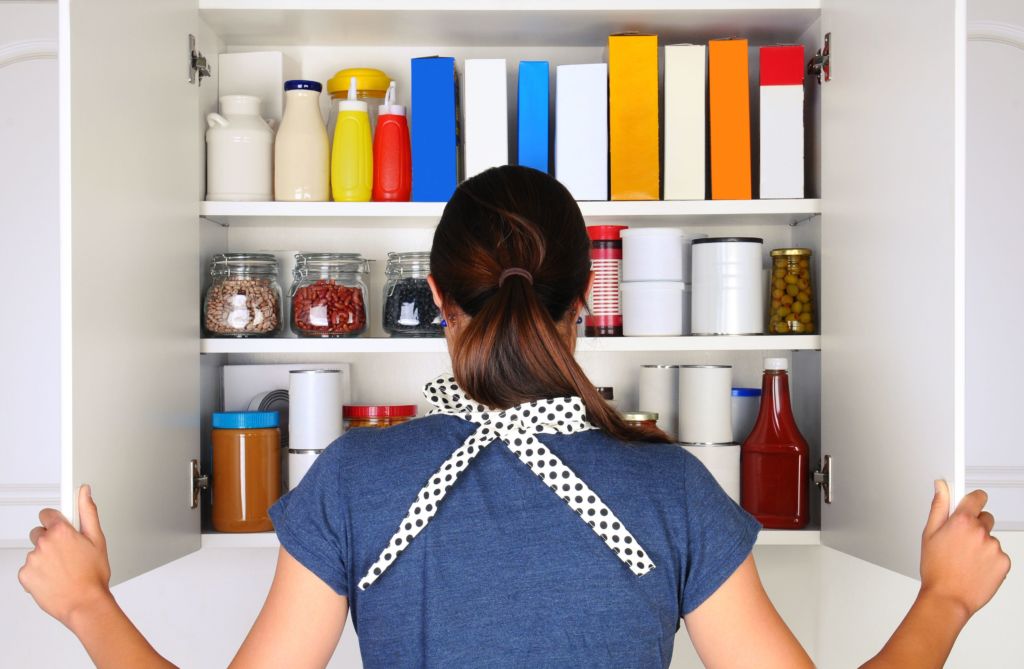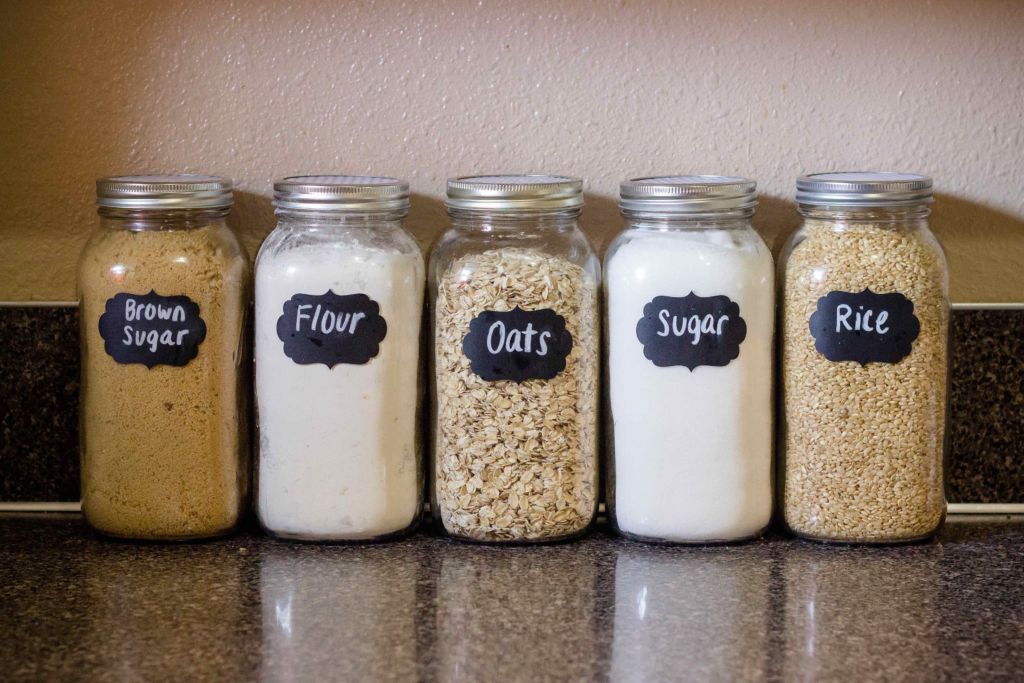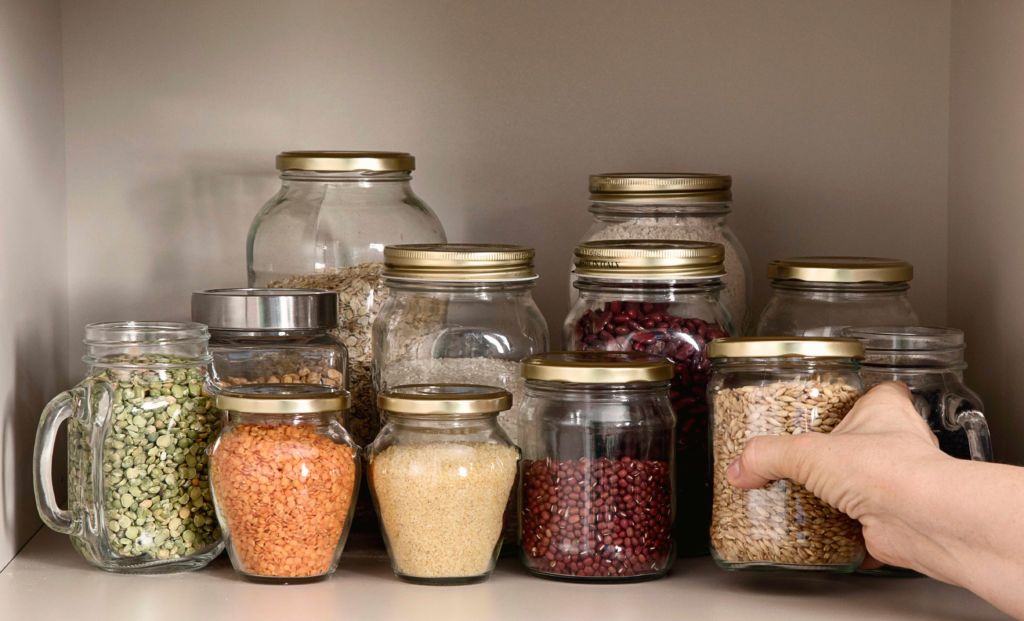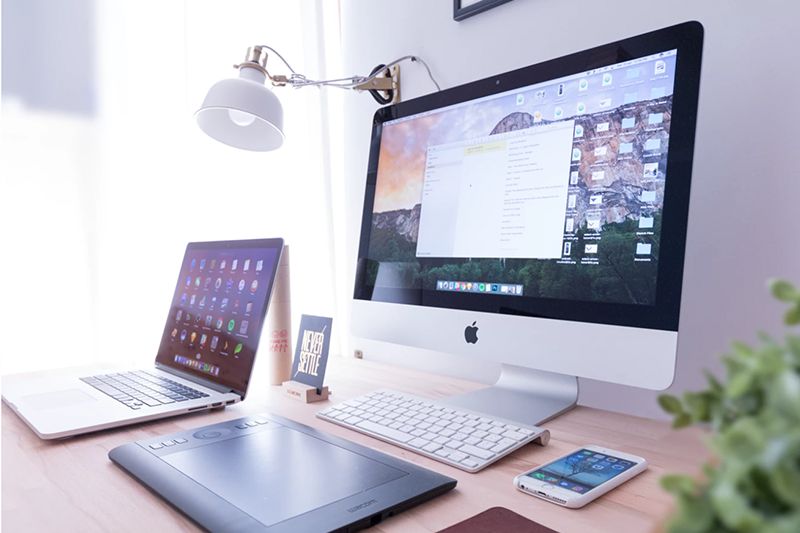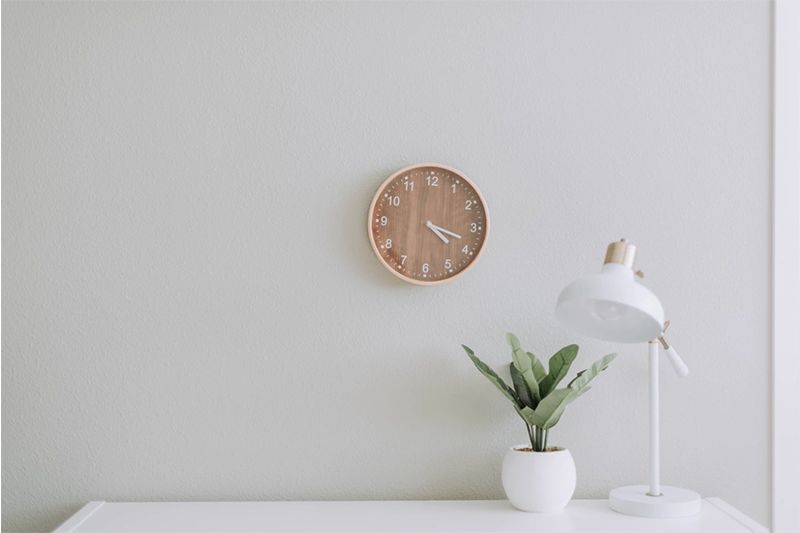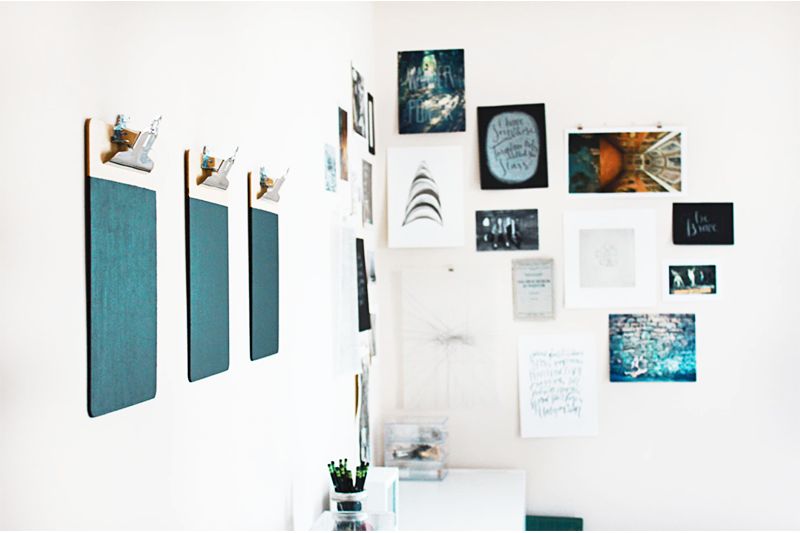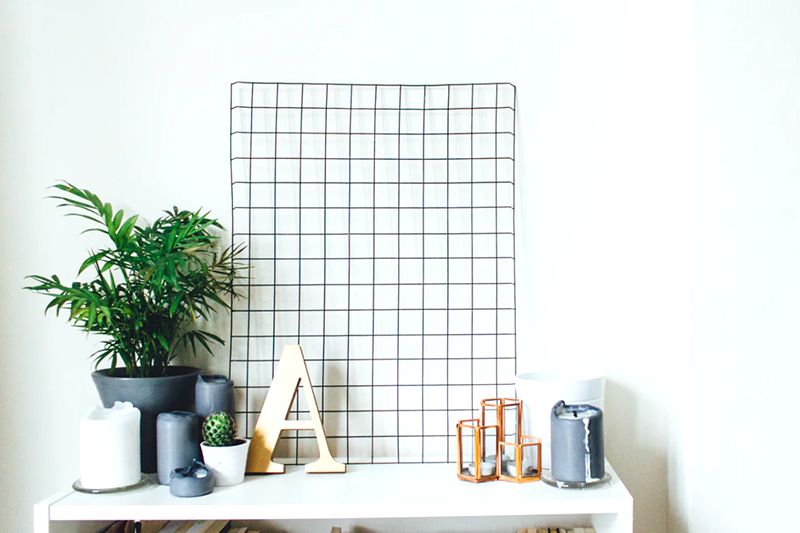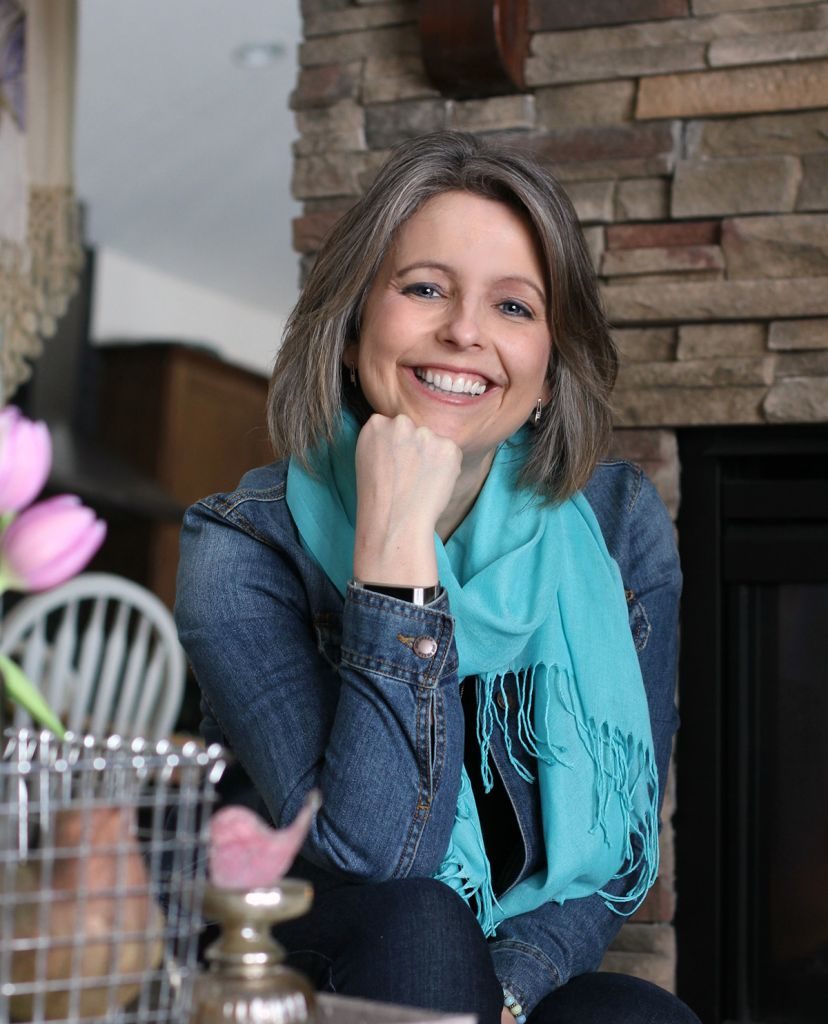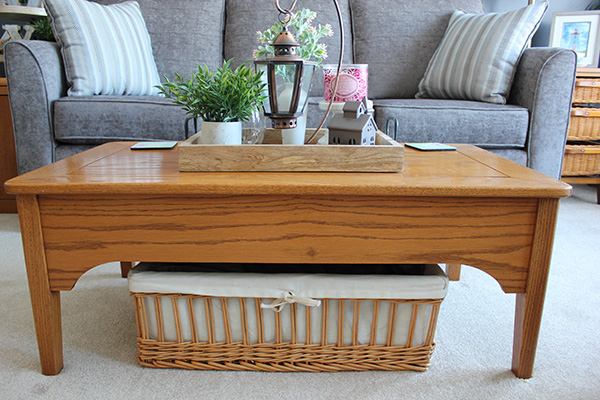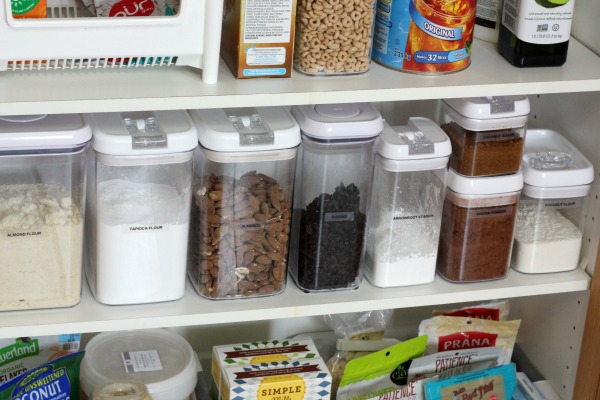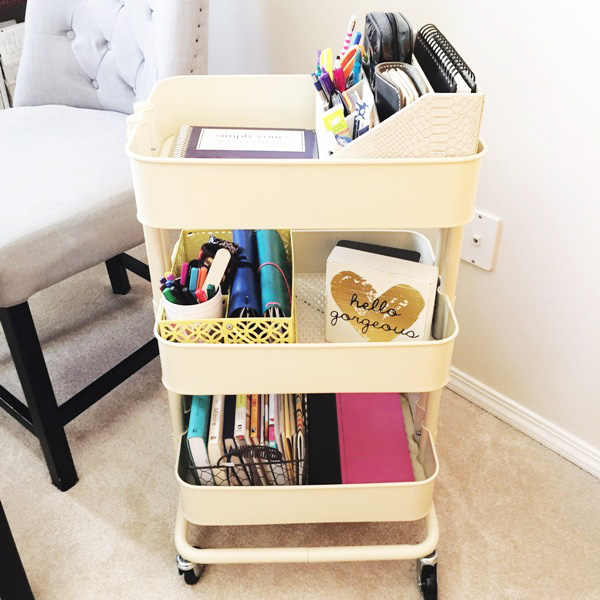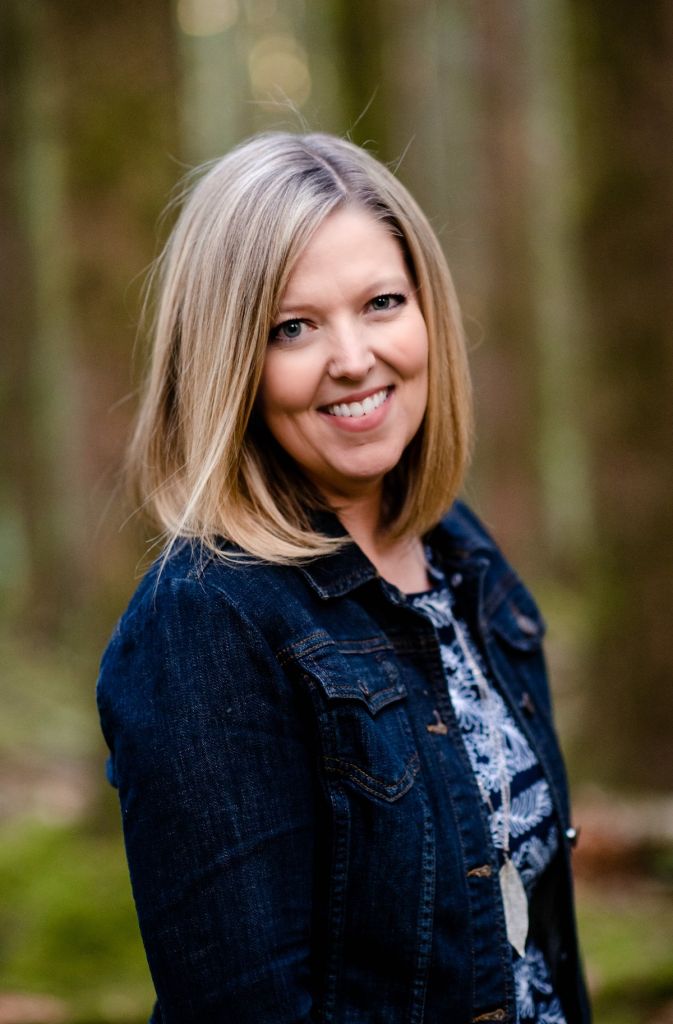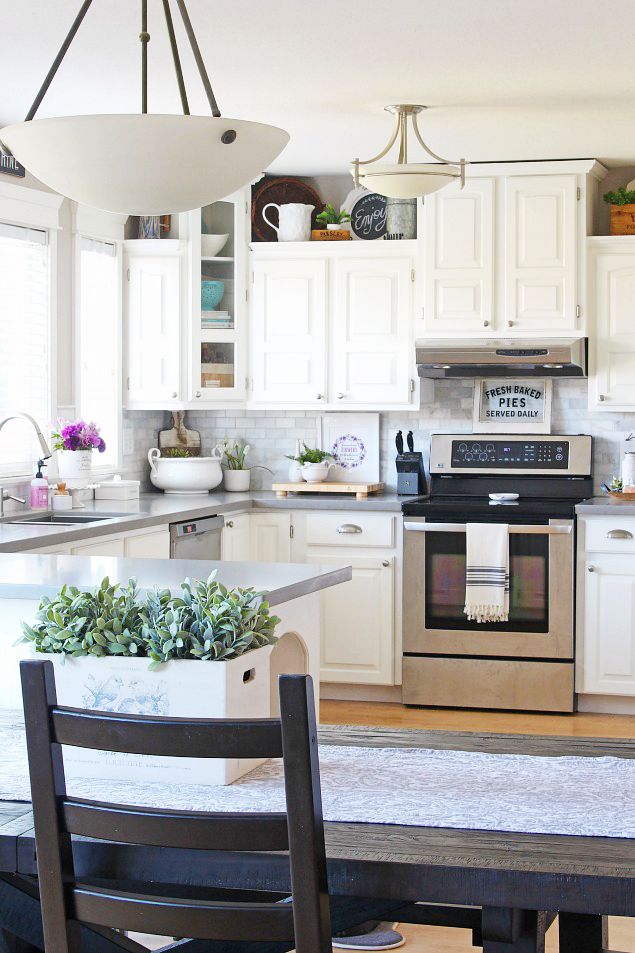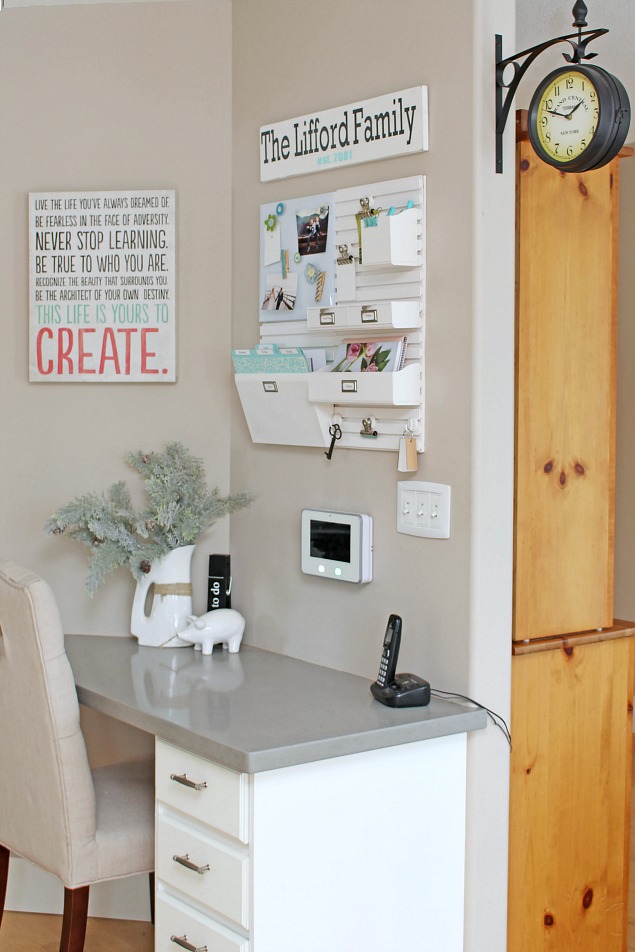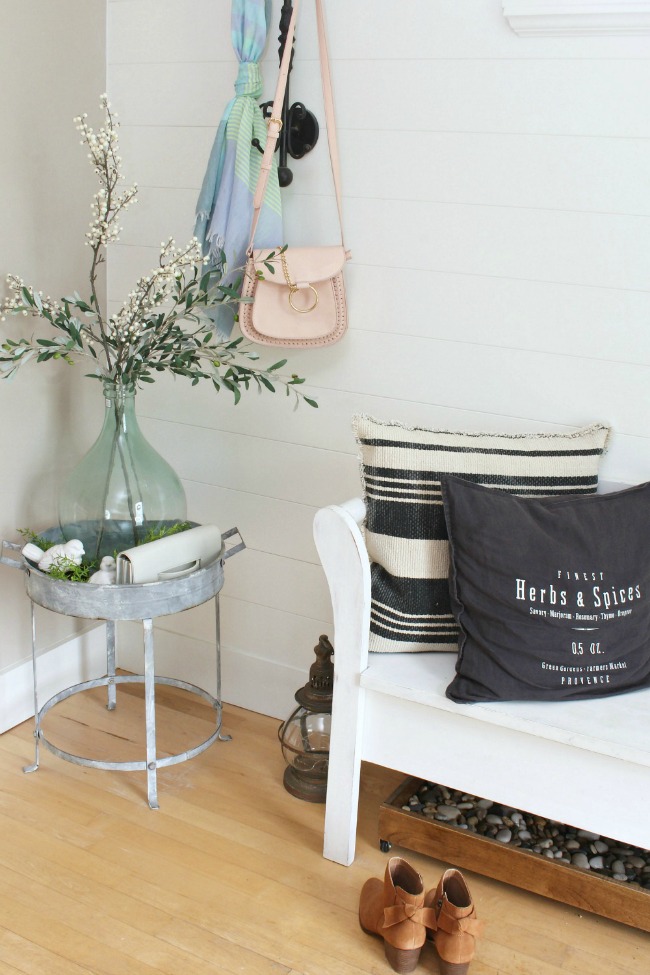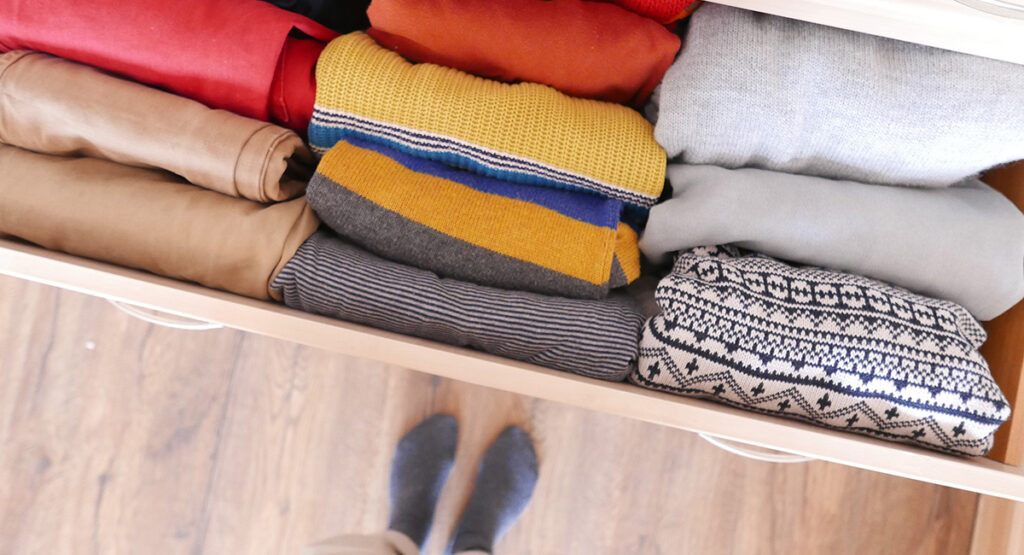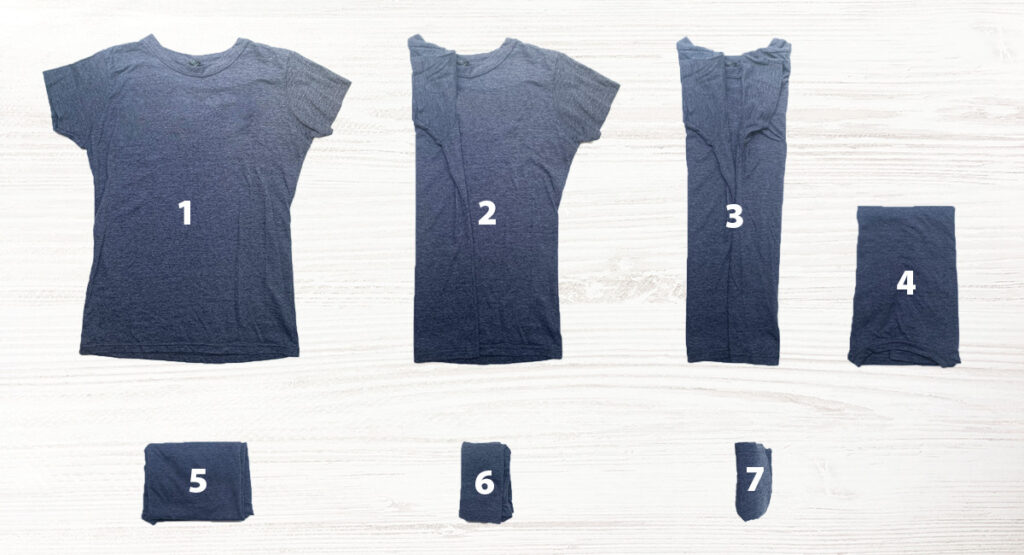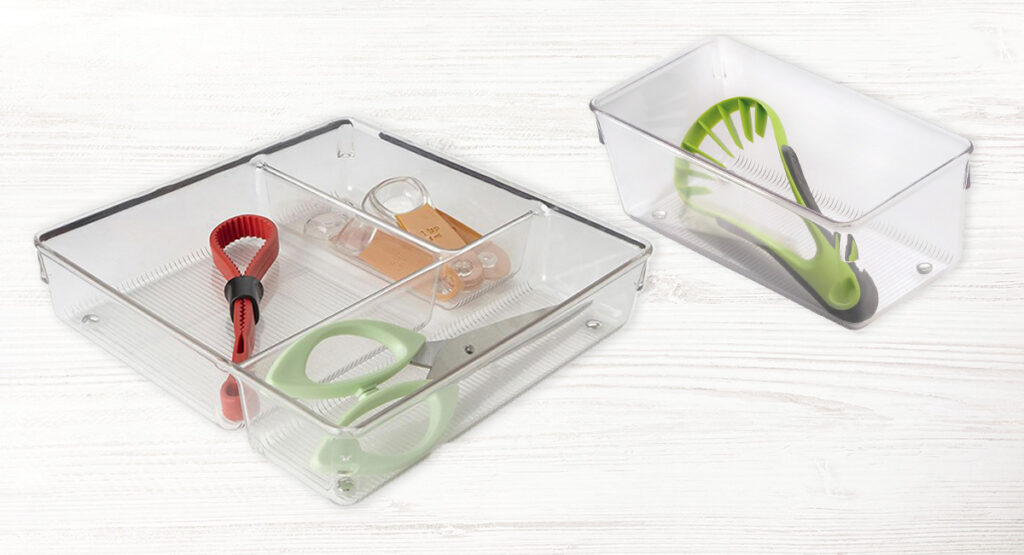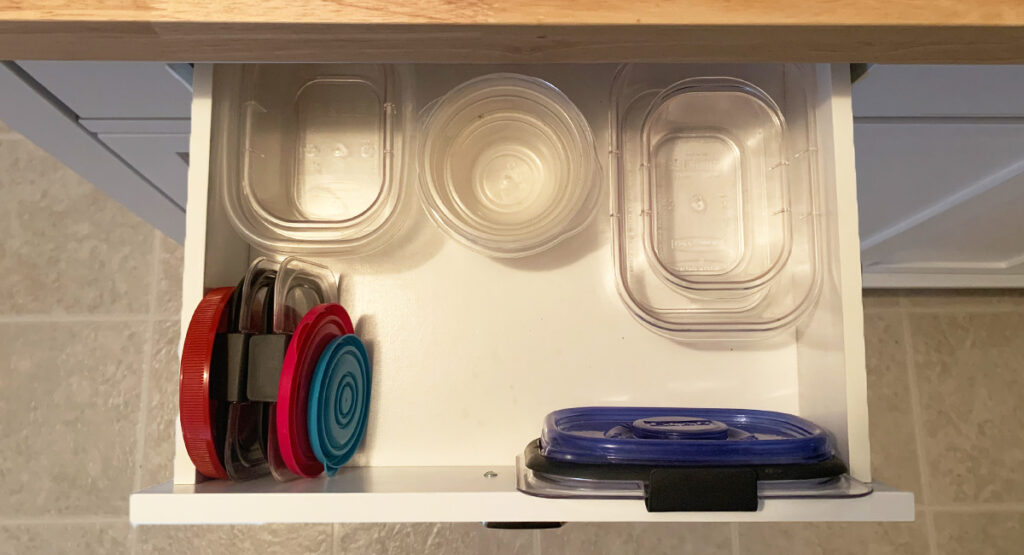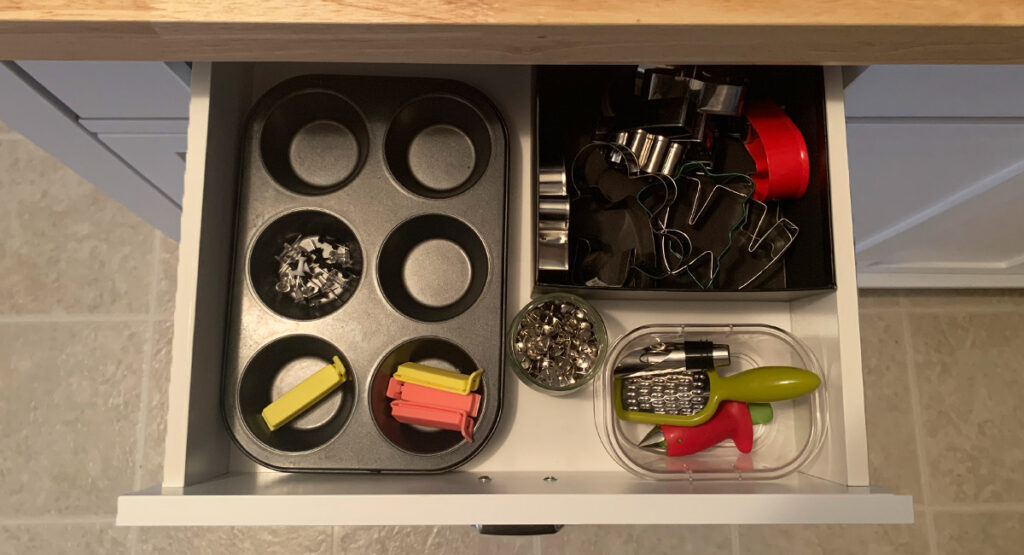If the kitchen is the heart of the home, then the pantry is what keeps it ticking. It’s no secret that a well-stocked pantry simplifies kitchen productions. The trick is organizing it — and keeping it organized — so that it becomes a joy to use, rather than a chore. Follow these six essential tips for maintaining a pretty pantry.
1. Go Vertical
Use wall or stackable shelves to make use of empty vertical space. Don’t forget stackable drawers for larger items and, again, think “up” — instead of nestling them side-by-side, stack them up high (and secured to the wall) to free up valuable floor space. If your pantry has a door, a door organizer hung onto the back can hold unwieldy items like your Swifter, mop and even larger BBQ utensils. Not only will they have a home, but they’ll be out of sight.
2. Match It Up
It’s worth investing in matching containers, which will not only serve a purpose as storage, but also create a sense of unity and visual harmony. Large mason jars are a quick and inexpensive way to corral baking ingredients, for example. Plus, you can see immediately if you’re running low on anything.
For larger items, baskets are an attractive and efficient way to group things like crackers and snacks into subdivided categories: salty snacks, sweet snacks, kids’ snacks, etc.
3. Label It
Invest in a label maker and never misplace anything again. Labelling everything is absolutely necessary in a place like a pantry where turnover is high, and especially if more than one person has access. It all seems like a perfect system until somebody adds sesame seeds into the quinoa jar. Matching labels, like matching containers, help give your pantry a cohesive foundation that you’ll be more inclined to keep organized. If you’re more into freehand calligraphy or doodling, explore sticker labels.
4. Take Inventory
Keep track of what’s in your pantry by maintaining a general list of what’s in it, especially for items that have a shorter shelf life. Update this list as you plan for your week, adding ingredients you need to buy to complete your snacks and meals. You can do this on a device with a spreadsheet if you’re digitally inclined, but a simple dry erase board or chalk board can be a fun and even entertaining way to communicate with everyone in your household what needs to be replenished in the pantry.
5. The Fun Zone
Organize your pantry into zones the way your favourite supermarket does: grains and cereals, sweets and baking ingredients, canned goods, crunchy snacks, etc. We already know this system from decades of grocery shopping, so applying this method in your home pantry should make sorting and retrieving items much easier.
Also, don’t use up all the available space; give yourself some breathing room for special occasions that will need their own prepping zone. For example, you might audit your pantry once a year so a special bin for “eat now” items that are soon to expire is handy to have. Or when you’re planning a big holiday party or prepping for a camping trip, you’ll want some extra space for containers that will accommodate this sudden but short-lived abundance in groceries.
6. Something In, Something Out
Your pantry is not the walled version of your junk drawer. Once you’re happy with your supply level, implement a strict “something in, something out” rule. Bring something new in, take something out (unless you’re replacing something already gone). That way your net products will remain the same, so you’ll never be surprised to find a half-eaten bag of potato chips buried in the back, only to have to throw it away.
Looking for more organizing tips? Here’s a look at how to organize your home office.

